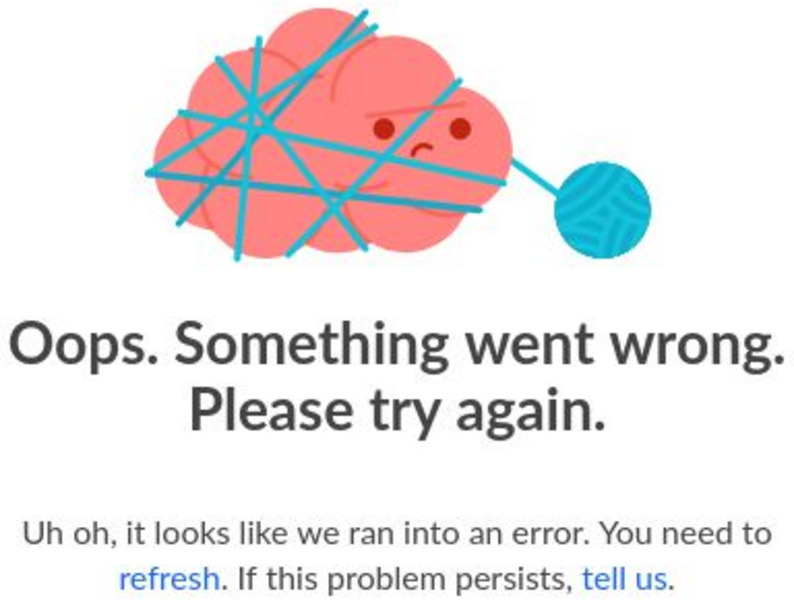Bozeman Science
The Circulatory System
Paul Andersen surveys the circulatory system in humans. He begins with a short discussion of open and closed circulatory systems and 2,3, and 4-chambered hearts. He describes the movement of blood through the human heart and the blood...
Curated Video
The Cardiac Cycle Song
If you think the Cardiac Cycle is hard, then this song's for you. From the lub to the dub, this will have you jamming your way to a deeper understanding of the cardiac cycle. Enjoy. 00:00 Chorus 00:22 Atrial Systole 00:44 Chorus 00:55...
Catalyst University
What is the Frank-Starling Mechanism in Cardiophysiology?
What is the Frank-Starling Mechanism? We will discuss this by talking about the effects of preload, left ventricular stretch and elastic recoil, and changes in stroke volume.
Kenhub
Trikuspidalklappe
In diesem kurzen Tutorial erfahrt ihr alles Wichtige zur Trikuspidalklappe. Wir erklären Euch ihre Anatomie und Funktion.
Kenhub
Mitralklappe
In diesem kurzen Tutorial erfahrt ihr alles Wichtige zur Mitralklappe. Wir erklären Euch ihre Anatomie und Funktion.
FuseSchool
Heartbeat and Pulse
Ever wonder what causes the thump-thump sound of your heartbeat? It’s all to do with the valves. The sound of your heart beating can be attributed to your valves closing, and always in specific pairs. Separating the atria from the...
Curated OER
The Circulatory System
Compare a variety of animals' circulatory systems to the human circulatory system. Paul Andersen uses his SMART Board to show the differences between two, three, and four chamber hearts, focusing on the human heart.
Khan Academy
Khan Academy: Pressure Volume Loops: Understanding the Pressure Volume Loop
Figure out how all of those physiology terms - end-systolic, end-diastolic, pulse pressure, stroke volume, and ejection fraction - can be easily understood using the pressure-volume loop. Rishi is a pediatric infectious disease physician...
Khan Academy
Khan Academy: Pressure Volume Loops: Why Doesn't the Heart Rip?
Understand LaPlace's law to see the effect that pressure, radius, and wall thickness each have on the "wall stress" in the left ventricle to answer the question of why the heart never gets a rip or tear. Rishi is a pediatric infectious...
Khan Academy
Khan Academy: Preload and Afterload: Preload Stretches Out the Heart Cells
Find out why stretching a heart cell in diastole affects how forcefully it contracts in systole. Rishi is a pediatric infectious disease physician and works at Khan Academy. [12:41]
Khan Academy
Khan Academy: Pressure Volume Loops: Left Ventricular Pressure vs. Time
Ever wonder exactly how the left ventricle's pressure changes over time? Find out in this color-coded video! Rishi is a pediatric infectious disease physician and works at Khan Academy. [10:51]
Khan Academy
Khan Academy: Heart Introduction: Lub Dub
Ever wonder why the heart sounds the way that it does? Opening and closing of heart valves makes the heart rhythm come alive with its lub dub beats. Rishi is a pediatric infectious disease physician and works at Khan Academy. [9:50]
Khan Academy
Khan Academy: Preload and Afterload: Sarcomere Length Tension Relationship
Find out why the length of a sarcomere (in diastole) affects the amount of force that it can generate (in systole), and how that would look on a graph. Rishi is a pediatric infectious disease physician and works at Khan Academy. [8:50]
Khan Academy
Khan Academy: Preload and Afterload: What Is Afterload?
A video exploring the definition of preload and afterload as it relates to the study of the heart. Understand that preload is the stretch of the heart at the beginning of systole while afterload is the squeeze at the end of systole. [10:27]
Khan Academy
Khan Academy: Systolic Murmurs, Diastolic Murmurs, and Extra Heart Sounds Pt 1
This video goes through the mechanisms of various types of heart murmurs. Be sure to listen to the different types of heart murmurs at the beginning of the video. [12:06]
Khan Academy
Khan Academy: Stored Elastic Energy in Large and Middle Sized Arteries
See how arteries behave like slingshots, shooting blood (not rocks) onwards! Rishi is a pediatric infectious disease physician and works at Khan Academy. [6:20]
Khan Academy
Khan Academy: Systolic Heart Failure Pathophysiology
This video explains the four underlying categories of disease that can lead to heart failure. [7:30]
Khan Academy
Khan Academy: Why Doesn't the Heart Rip?
This video will help you understand LaPlace's law to see the effect that pressure, radius, and wall thickness each have on the 'wall stress' in the left ventricle. Rishi is a pediatric infectious disease physician and works at Khan...
Khan Academy
Khan Academy: Understanding the Pressure Volume Loop
Figure out how all of those physiology terms: end-systolic, end-diastolic, pulse pressure, stroke volume, and ejection fraction, can be easily figured out using the pressure-volume loop. [9:18]
Sophia Learning
Sophia: Cardiac Cycle and Cardiac Conduction System
This lesson will explain the steps that occur when your heart muscle contracts. It will investigate the cardiac cycle and the cardiac conduction system. It is 1 of 2 in the series.














